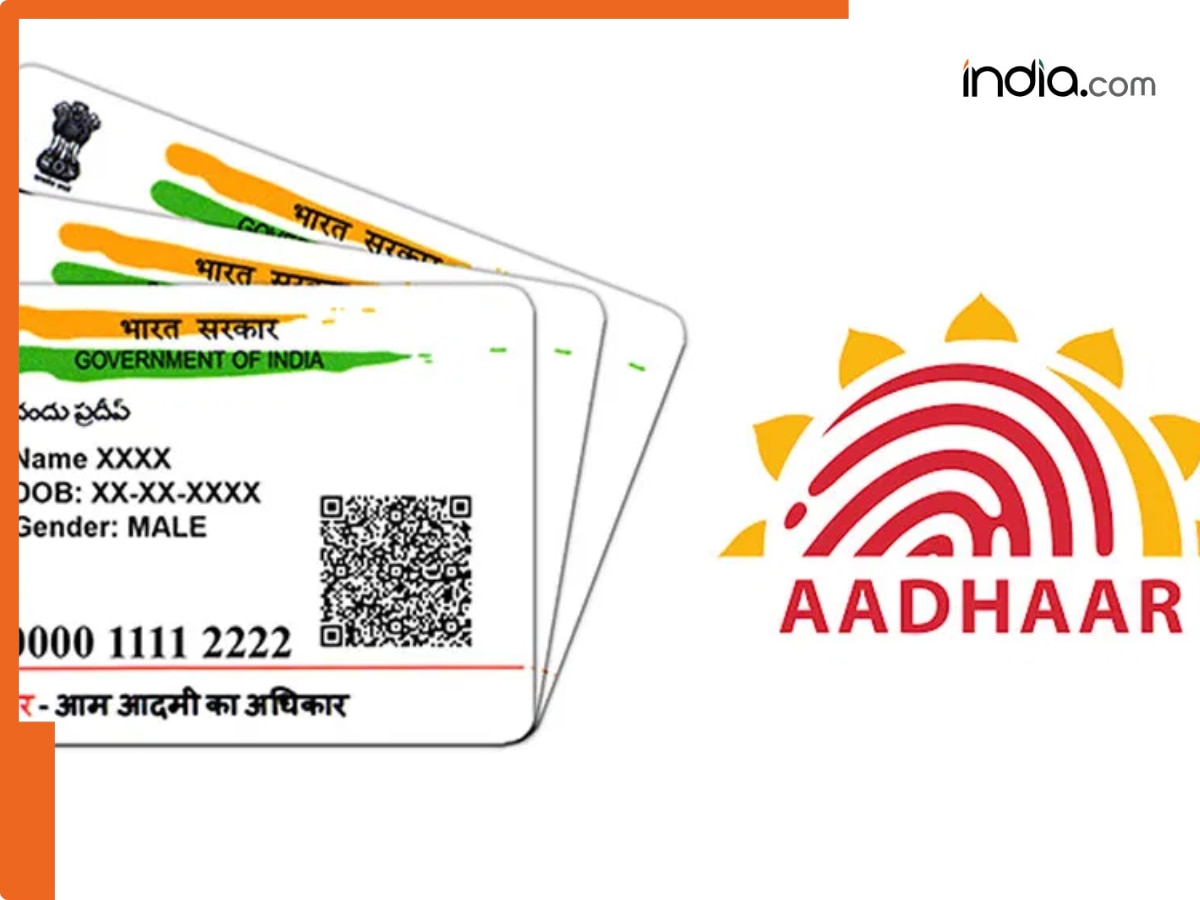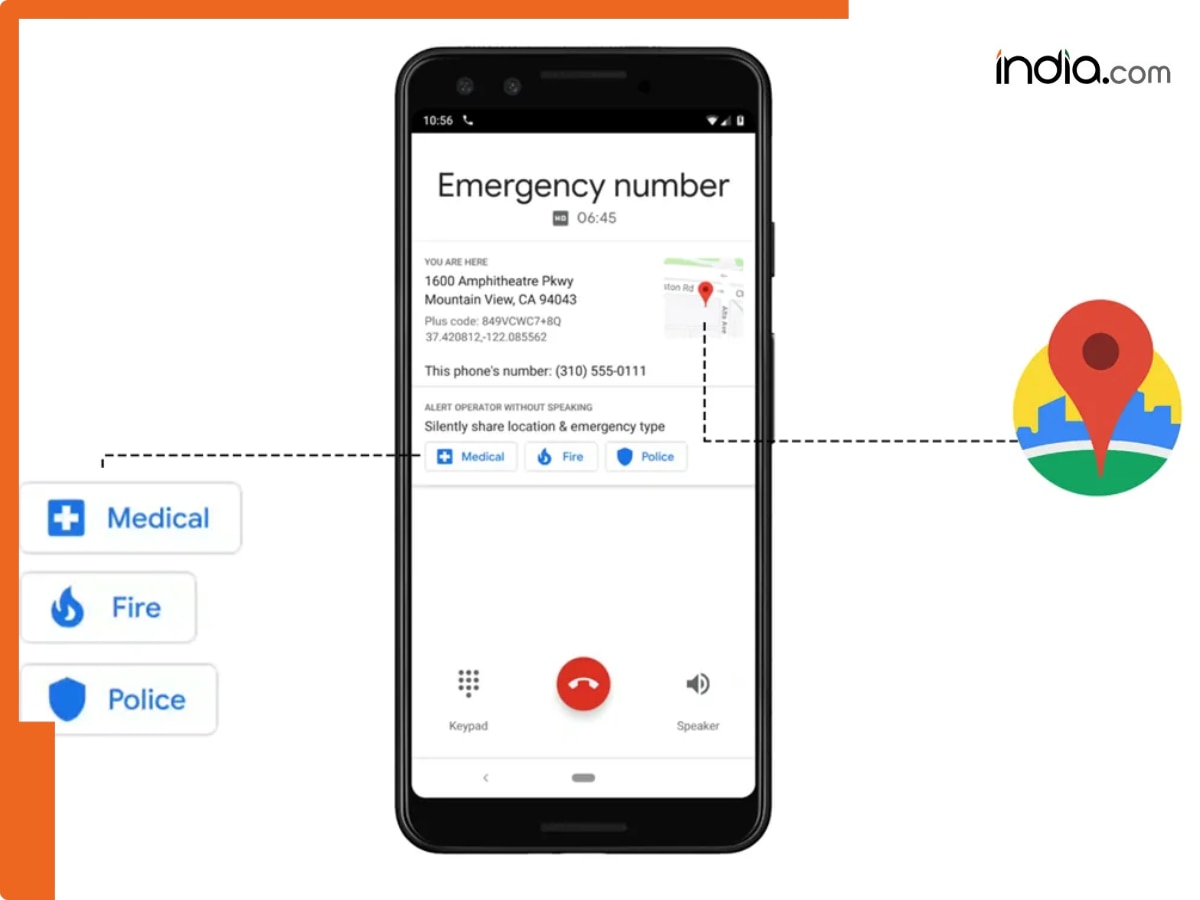Aadhaar biometric update made easier for kids aged 5–15: UIDAI’s new initiative explained
UIDAI has launched a new project with Behavioural Insights Limited to simplify and promote Aadhaar biometric updates for children aged 5 and 15, including a year-long fee waiver.

In a major step aimed at reinforcing the digital identity infrastructure for minors, UIDAI has rolled out a new project to make biometric updates of the Aadhaar seamless and more accessible for children aged 5 and 15.
At the heart of this initiative is a partnership between UIDAI and the behavioural-science specialist firm Behavioural Insights Limited (BIT). This collaboration is designed to unpack and overcome the “behavioural, logistical and awareness” barriers that prevent timely biometric updates among children and their families.
For children enrolled under Aadhaar, biometrics (fingerprints, iris-scan) become more reliable only after certain ages. So, the UIDAI requires you to update a child’s Aadhaar card when they turn 5 and again around age 15.
Without such updates, authentication failures may increase, which in turn can hamper access to services, benefits or school-linked interventions down the road.
What’s new in this project?
The biometric-update fee for children in the 5- and 15-year milestone categories has been waived for the first year of the scheme (effective from October 1, 2025) in a bid to remove cost-barriers.
Through the partnering of Behavioural Insights Limited, the focus is not just on the mechanics of updates, but on nudging parent/guardian action: awareness campaigns, simplified processes, school-based touchpoints and reminders.
The process is available at authorised Aadhaar enrolment/update centres, and the aim is to leverage school networks and other child-touchpoints to increase uptake.
Broader implications & challenges
With over a billion Aadhaar numbers issued, the quality and currency of data matter tremendously—not least for children whose biometrics evolve rapidly. By lowering friction and cost, UIDAI hopes to reduce future authentication failures and service exclusion risks.
However, the success of the initiative hinges on operational execution: are enrolment centres accessible in remote areas? Will school-based drives be sufficiently scaled? Will parents be sufficiently aware of the deadlines and opportunities? The behavioural component suggests UIDAI recognises that policy alone doesn’t guarantee action.
What should parents/guardians know?
If your child is turning 5 or 15, it’s a good time to check whether the biometric update is due.
Visit an authorised Aadhaar enrolment/update centre (listable via UIDAI portal or Bhuvan Aadhaar locator).
Take the child along with necessary documents (Aadhaar number, proof of age, etc) and register the update.
Since the fee waiver is time-bound (for one year), it may make sense to act promptly during this window.
Even after the waiver, the update remains mandatory; hence-forth the focus will shift to sustained process rather than just cost.
This move underscores how identity-systems at national scale are increasingly looking at “lagging edge” cohorts (in this case children) and recognising that simplification, behavioural nudges and fee-incentives are essential parts of the puzzle.
What's Your Reaction?





















































